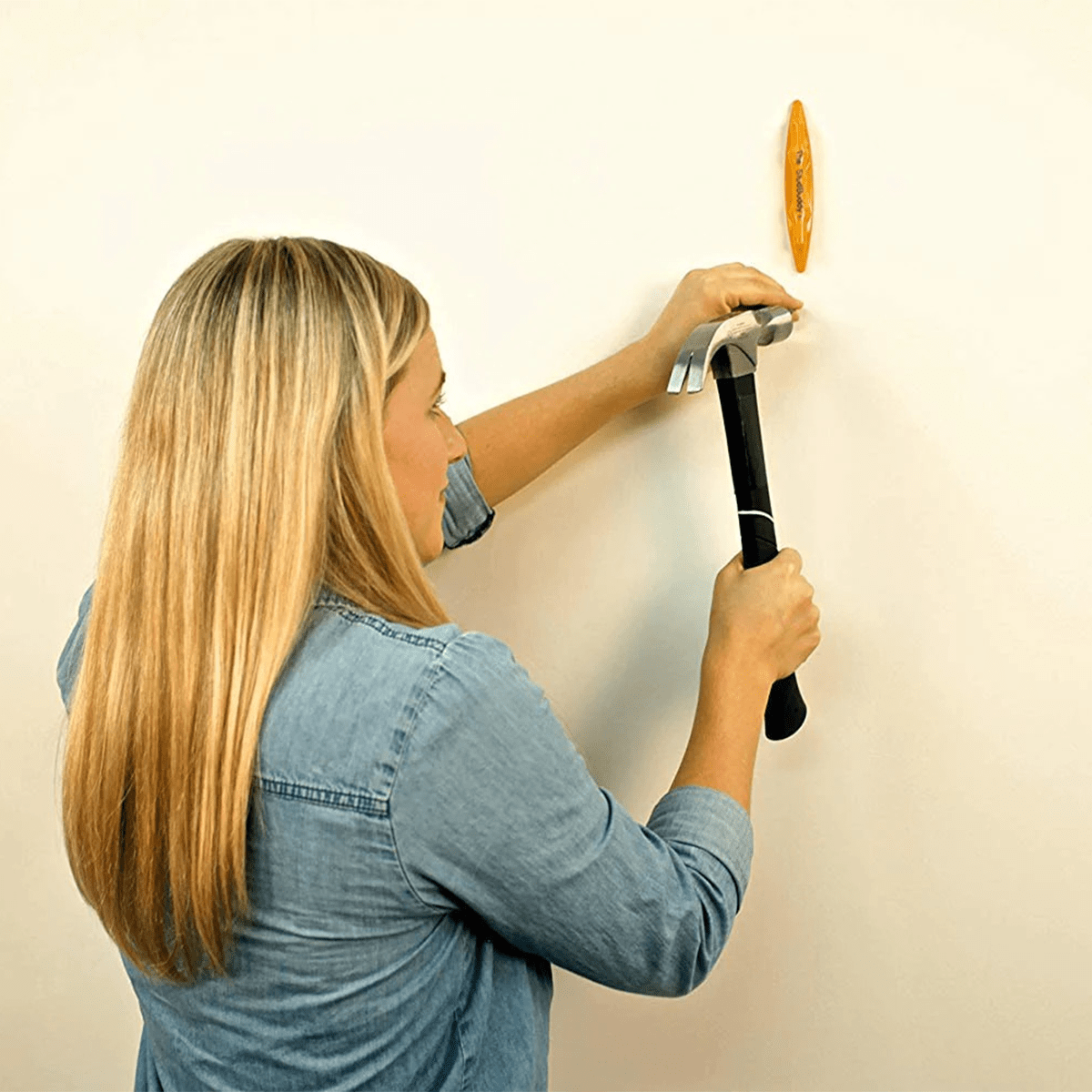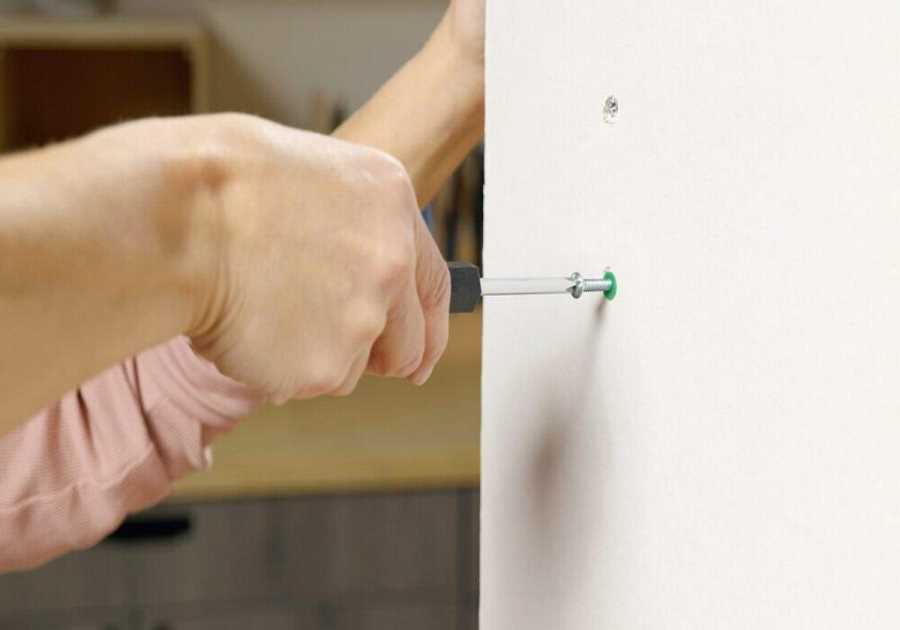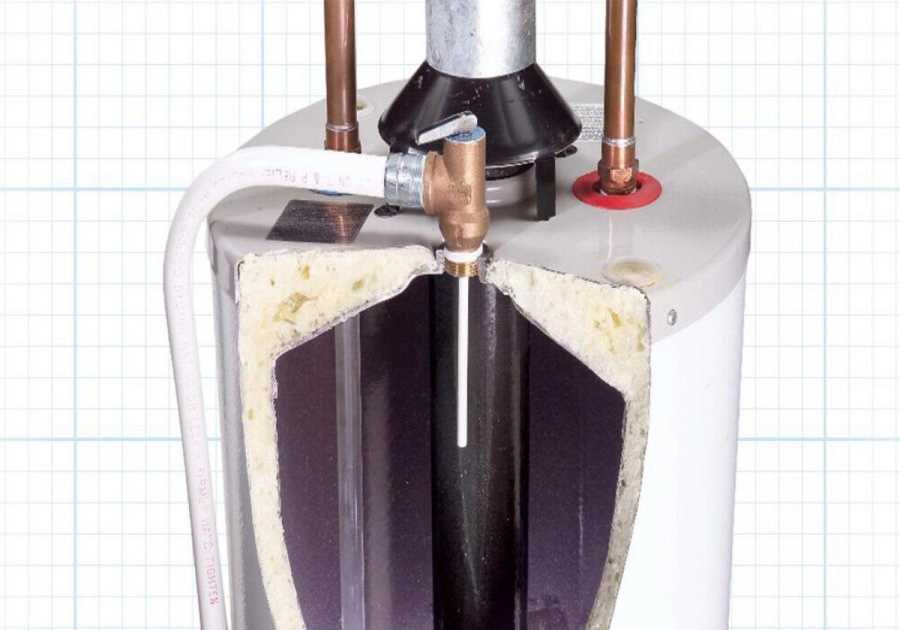
Buying a Stud Finder
If you’re hanging or mounting anything that weighs more than a couple of pounds, it’s best to anchor it into a wall stud, the vertical framing lumber behind the drywall or plaster. A stud finder is a nifty tool that locates these hidden studs without drilling a bunch of unnecessary holes.
Experienced carpenters simply knock on the wall and listen for the noise to go from hollow to firm. For everyone else, a stud finder is the tool of choice.
Consider these factors when choosing the best stud finder for you:
- Electronic or magnetic: Electronic stud finders use sensors to detect a change in density behind the wall, and send an alert — an LED or audible beep — to indicate when a stud is located. Magnetic stud finders use powerful magnets to detect the metal nails used to fasten the wall to the studs. Magnetic stud finders can be more challenging because they must locate the metal in the stud. But they don’t require any batteries so they’re always ready for use.
- Type of display: Electronic stud finders have a range of display options. Basic, inexpensive models use a single LED to show when a stud has been located. Others feature a large LCD screen to show exactly what exists behind the wall and where you should drill. Magnetic options offer display variations. Some simply stick to the wall when a stud is located, while others use a colored ball to “pop” up when it detects a stud.
- Cost: If you’re a DIYer with little experience locating and mounting things on studs, consider a higher-end electronic stud finder that does all the work for you. It can be tempting to save money on a cheaper tool, but if you’re not sure what you’re doing, you can end up damaging your wall and spending more money to patch it up. If you’re comfortable with it, a simple, inexpensive magnetic stud finder is just fine for most experienced DIYers.
- Wall material: While most people will be dealing with drywall, older homes may have plaster-and-lath walls. In our experience, magnetic stud finders are more effective on plaster-and-lath, because the line of nails that secure the lathe to the stud runs all the way up the wall.
Note: Both types of stud finders can scratch or leave marks while you slide them across your walls, so make sure to use them carefully.
Did you miss our previous article...
https://rsssuperfeeds.com/life-hacks/i-tried-a-smart-showerhead-and-completely-upgraded-my-shower






